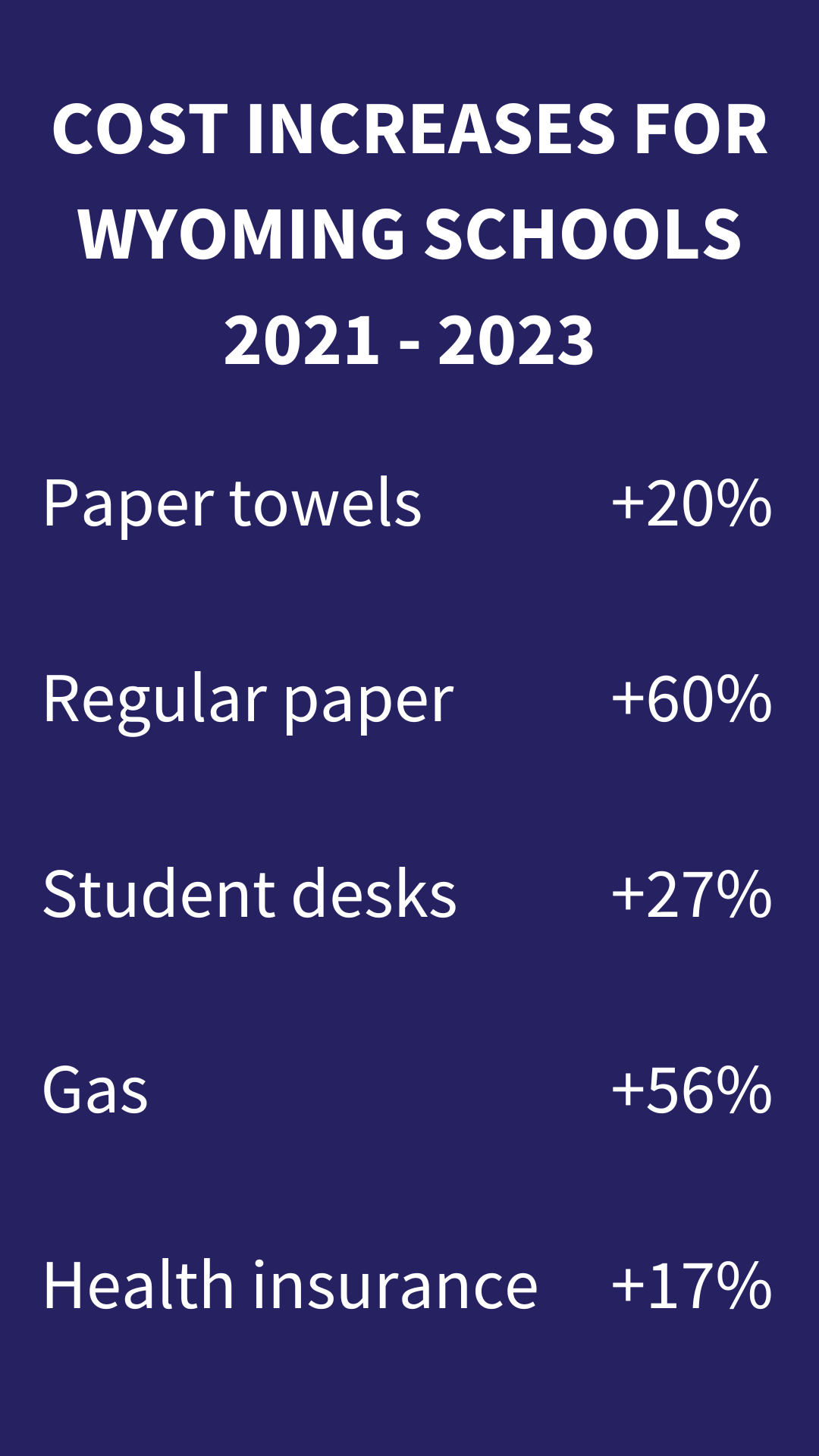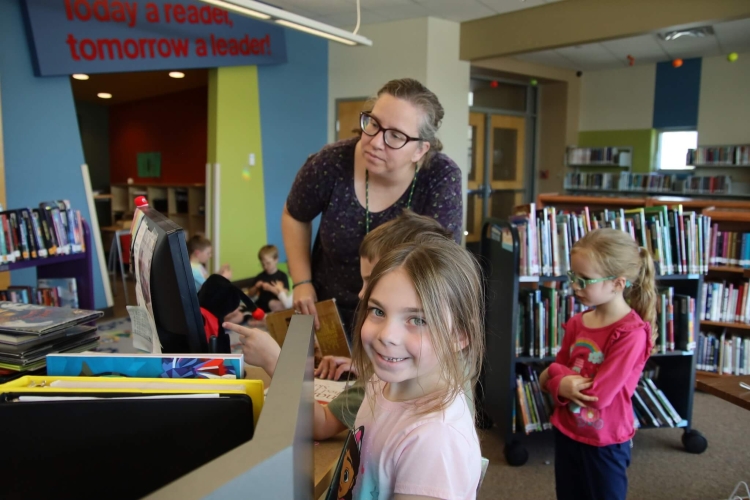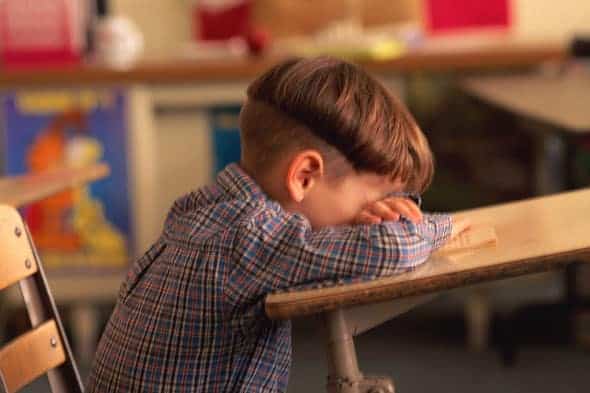Session preview: Facing a lawsuit, Wyo. legislators look to increase teacher pay
Public schools are the heart of Wyoming’s communities, essential to the well-being of students, families, and our economy. Investing in teachers is a critical way for the state to make sure that all three thrive.
But teacher salaries have remained flat in Wyoming in recent years, making it difficult for schools to recruit and retain educators. This hurts our public education system and the children it serves.
Major K-12 funding cuts from the Legislature over the past eight years compounded by record inflation have taken a toll on Wyoming’s ability to offer quality education for all students, which is mandated under the state’s constitution.
The trial is not scheduled to begin until June 2024, but it appears to have already yielded favorable results for Wyoming public schools.
But a change seems to be coming, thanks to legal action by public education advocates.
In 2022, the Legislature’s refusal to adequately fund K-12 schools prompted the Wyoming Education Association to file a lawsuit against the state along with a number of state school districts.
This lawsuit is not unprecedented. Since the 1970s, the Legislature has regularly tried to short-change our state’s children by underfunding education. But because Wyoming’s Constitution contains strong language mandating that lawmakers properly fund K-12 schools, public education supporters have successfully sued the state several times to increase school funding—and they have won every single time.
The newest trial is not scheduled to begin until June 2024, but it appears to have already yielded favorable results for Wyoming public schools.
In an attempt to shield themselves from a court ruling that would force their hand, lawmakers in 2023 voted to add $70 million to statewide school funding. This, they argued, addressed the impact of inflation.
During its budget session that starts Feb. 12, the Legislature will consider another budget increase—known as an “external cost adjustment”—of $68 million for public schools.
This money would continue to help Wyoming school districts offset the rising costs of maintenance, utilities, supplies, and health insurance that they face.
Importantly, it would also allow them to provide raises to teachers and staff who are experiencing higher costs of housing, food, bills, and inflation in general.
Legislators are hoping that, as their court date approaches, this increase in funding will be enough to convince the Wyoming Supreme Court not to force them to pony up any more.
In any case, this is a welcome development—and it never would have happened if the Legislature wasn’t being hit with a lawsuit.
Lawsuit looms
The proposed increase for teacher pay this year came from a recommendation by the Legislature’s Joint Education and Appropriations Committees. They voted in November to bring the proposal to the 2024 budget session.
At the committee’s November meeting, a string of public school supporters encouraged lawmakers to use some of the surplus funds Wyoming will receive this year from high oil and gas profits to finally catch up on lagging K-12 school funding.
The impending education lawsuit hung over the meeting.
“Hold your nose and vote for it, but give salary increases of a substantial amount,” Jeremy Smith, Sheridan County School District No.1’s business manager, told the committee. “You’re either going to do it yourself as policymakers or you’re going to be told to do it by other people.”
In this case, those “other people” are the Wyoming Supreme Court.
Increased costs everywhere
School district officials like Smith can already see the effects of inaction.
A 2022 joint survey by the University of Wyoming and WEA found nearly two-thirds of Wyoming’s teachers said they would leave the profession if they could afford to do so. Low salaries were listed as a major reason by many respondents, as well as heavy workloads, depression, and anxiety.

Laramie County School District No. 1 Budget Director Jed Cicarelli explained to the Education Committee in November that his district’s ability to pay teachers more is butting up against all sorts of increased costs related to the pandemic.
“School districts certainly have not been immune from a lot of the same things that we see in our personal lives as consumers,” he said.
Cicarelli said he’s seen a 20 percent price hike for paper towels, for instance, and a 60 percent jump in the cost of regular paper. The cost to replace a student desk is up 27 percent, and gas prices have increased 56 percent in his district.
Meanwhile, Smith, from Sheridan, said his district struggles to pay staff enough to afford the increased cost of housing.
In Albany County, the district faced a 17 percent increase in health insurance costs in 2023, most of which was passed on to employees.
All of these facts have been available to lawmakers, but now they are also available to the Supreme Court, and the Legislature is sitting up and paying attention.
A legacy of public school cuts
The pandemic may have provided the tipping point for a lawsuit, but it has been a long time coming.
From 2017 – 2020, the Legislature slashed a total of about $100 million in education funding, responding to declining mineral severance tax revenues.
Lawmakers were considering further cuts of another $250 million over the next three years before COVID federal relief funds helped bail out the state’s public school system in 2021.
Funding cuts, stagnant budgets, and inflation have all contributed to inadequate salaries for Wyoming teachers. In turn, educators are responding with their feet.
The rates of new and mid-career teachers leaving the profession are now the highest ever in Wyoming, averaging 12 percent annually.
Meanwhile, Wyoming’s ability to recruit teachers from other states is hampered by the comparably low pay our school districts can offer under the state’s education funding model. Wyoming teacher salaries are 3 percent below the regional average.
Educator salaries in Wyoming are also lagging behind other industries, such as business and healthcare.
On to the Legislature
When people talk about public school funding in Wyoming, they’re talking mainly about paying teachers.
Roughly two-thirds of Wyoming education funding goes to teacher salaries.
The committee that recommended the $68 million increase seemed to realize this at its November meeting.

Sen. Charlie Scott
“We’re starting to lose ground on these teachers [salaries], and I think that’s the biggest area that these school districts need help with,” said Rep. Landon Brown (R-Cheyenne).
Sen. Charles Scott (R-Casper), co-chair of the panel, has been the driving force behind many proposed education budget cuts in the past seven years. But he agreed with Brown.
“I’m afraid if we don’t do at least something here — something significant — we are going to start falling behind other places,” Scott said.
The committee’s approval will give the increase in education funding momentum heading into the budget session, but it by no means guarantees it will pass when it comes before the full House and Senate, where members of the so-called “Freedom Caucus” are eager to dismantle our public education system by any means available to them.






